|
Throughout much of the late 19th and 20th centuries, the North End, as Troy’s North Central neighborhood was often called, produced many important products that were vital to Troy’s own citizenry, as well as products that were sold across the country.
Our most vital resource, the Hudson River, flows past this neighborhood, sandwiched between Downtown and Lansingburgh. Many industries and businesses were located along, or not far from its banks. They were largely companies that needed the river to transport their raw materials and products. They included the gas company, lumber yards, ice houses, coal companies and other commodities. Factory buildings lined River Street, and the streets west of it, when possible, making collars and cuffs, clothing, furniture, mattresses and other products. Over the years on into the 20th century, as industry changed in Troy, new businesses rose where older businesses once stood. Regatta Place, a now forgotten short street leading from River Street to the Hudson, was once home to the Collar City Creamery. I didn’t know Regatta Place existed, and it’s only a few blocks from my house. Here, at the end of the street was the headquarters of Troy’s largest and most successful dairy business.
8 Comments
As renovations continue in Troy Kitchen, on Congress Street in Troy, I’m happy to post the conclusion of my interview with Cory Nelson, its creator, proprietor, and all-around visionary.
As I wrote in Part One of this interview, everyone’s going to be writing about Troy Kitchen soon, and that’s great. I wanted to understand Cory Nelson – where he came from, how he got here, and his determination to succeed. As I found out, Cory Nelson is quite frankly, simply inspirational. You Take One Kid From the Tough Streets of East New York, Brooklyn... “The hood is a mentality, not a place.” That’s what Cory told me as we were discussing his old neighborhood East New York, in Brooklyn. It’s got a reputation of a tough battleground, but often, the real battle is in the hearts and minds of those who live there, especially the youth. “Humans are weak creatures,” he said. “But we have control of our minds. If you have full control of your mind, you are unbeatable. But when we are weak, it’s easy to go down the wrong path.” “In business, when someone rips you off, you can get back at them in a legal way; you turn around and succeed in spite of them. In East New York, it usually gets physical. You have to watch your back constantly. That’s high stress. That life can prepare you for stuff like real estate development. Whenever I have an issue, I think of East New York. Surviving and thriving there – that’s real toughness. Everything you go through is easy compared to that.” East New York, Brooklyn has long had a reputation as a tough neighborhood. If you aren’t familiar with the name or the neighborhood, it’s on the eastern border between Brooklyn and Queens, and faces Jamaica Bay.
It’s in a large valley created by the glaciers which tore through New York millions of years ago. One can stand at the top of the elevated terminal moraine at Highland Boulevard and see this large neighborhood spread out before your eyes, reaching towards the endless water of the bay. It’s pretty impressive. Most people, if they see East New York at all, prefer to see it from that lofty distance. Most just pass through as quickly as they can, when on the road to or from JFK airport. It’s one of THOSE neighborhoods – infamous in the city for its serious issues of poverty, gang activity, drugs, violent crime, and large sprawling high-rise housing projects. The limestone-faced building on 5th Avenue, just north of the Collar City Bridge and Hoosick Street stands tall, beautiful and empty. In spite of the fact that it’s a pretty distinctive building – there are certainly no other limestone Beaux-Arts buildings in the area, it is easy to miss if you aren’t looking carefully.
People driving underneath the bridge towards the traffic light are looking at the light, or looking out for cars barreling through the avenues, but most are only vaguely aware that there is even a building there. After all, this is not Troy’s finest stretch of real estate. It’s a no-man’s land created when someone thought that highways cut through urban areas would be a boon, not a traffic and neighborhood destroying nightmare. But in spite of everything, it stands, one of North Central’s many closed up and abandoned buildings. Happy New Year!! Welcome, 2016!
And welcome back to Spellen of Troy! I’m welcoming myself back, as well! This time last year, (and the year before, for that matter) I was one busy starving writer, frantically churning out nine articles a week for my gig at Brownstoner.com. I wanted to do a Troy blog, but it was just too much, I was chained to the computer, blurry-eyed, and burned out. So Spellen of Troy sat here, unwritten, unread and unloved. This year, things are different. 4/13/2014 4 Comments North Central, Part 1I live in North Central. It's the neighborhood in Troy between Downtown and Lansingburgh. For far too many people, it's been the part of Troy that people drive through as fast as they can, and feel is best seen from the rear view mirror. Well, they are wrong.
When we first moved here, we had to have the water turned on, the roof repaired, and other workmen and agencies come to the house. Almost all of the locals, like the guys from the water department, told us we were living in a bad neighborhood. Were we sure we wanted to be here, they asked us? It wasn't "safe." They also told us that Happy Lunch, down the street, has the best breakfast sandwiches in town. I guess some things are worth taking a chance on, in spite of the "danger." Can I tell you how tired I am of people telling me where I live is not "SAFE?" Hey, I lived in Bedford Stuyvesant, Brooklyn during the "Crack Wars" of the 1980s and 90s. After that I lived in Crown Heights, another inner city neighborhood that wasn't supposed to be "safe" either. Both were overrated for their awfulness too. I'm not going to say there wasn't gun violence and crime, and certainly drug dealing going on all around me then, because there were some bad times, but my block in Bed Stuy was pretty peaceful, and I was never robbed, never accosted, never in danger. The same went for my end of the block in Crown Heights. Of course I had my urban radar on, but anyone who lives in NYC and does not have their urban radar on anyway is a fool. But I digress... Here is the conclusion of my three part story about the rescue of Charles Nalle, a fugitive slave living in Troy in 1860. This story of one of Troy's finest hours has been a joy to research and write. Here's the story as it first appeared on Brownstoner.com. http://www.brownstoner.com/blog/2014/03/walkabout-the-rescue-of-charles-nalle-a-troy-story-part-3/
Chapter Three Charles Nalle, his body battered and bleeding, blood streaming from his wrists where the heavy slave manacles bit into his skin, stumbled up the embankment of the Hudson River, into the town of West Troy, N.Y. It was April 27, 1860, and Nalle had just escaped being taken back into slavery. He was, according to the law, still the property of his half-brother Blucher Hansbrough, of Culpeper, Va. That morning, he had left his employer Uri Gilbert’s house on 2nd Street, in Troy, and walked to the bakery, intent on getting bread for his employer’s household. Two years had passed since that fateful day in 1858 when he had boarded a boat in Washington, D.C., on his way to freedom in Philadelphia, and then on to upstate New York, bound for Canada. To look at the man making his way up the embankment, one would scarcely have taken him to be the average Negro slave. He looked as Caucasian as any other free white man. He was the son of a Virginia planter named Peter Hansbrough and his slave named Lucy, who was herself half white. Charles was four years older than his half-brother Blucher, and was given to him by their father. The two men looked so much alike, a change of clothing would have obscured master from slave. But blood made all the difference, and Charles’ African lineage had assured him of a life of slavery. Unless he took his fate in his hands, and boarded the Underground Railroad to freedom. The story of Charles Nalle’s early life, his family in Virginia and Washington, and his life in Troy up until this day can be found in Part One and Part Two of this story. We ended the last chapter with Charles Nalle escaping his captors and jumping on the ferry to West Troy, which today is the city of Watervliet. The hounds of hell were behind him, but so was salvation, in the person of Harriet Tubman, the “Moses” of the Underground Railroad, a woman who had never lost a passenger. And she, and the members of the Vigilance Committee, and the citizens of Troy, weren’t going to start losing one now. 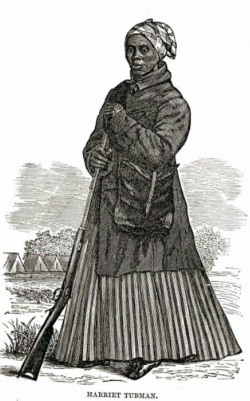 Harriet Tubman during the Civil War. Wikipedia Harriet Tubman during the Civil War. Wikipedia Here is Chapter Two of my story the Charles Nalle Rescue, which took place in Troy, NY, on April 27, 1860. The story first ran on Brownstoner.com.
http://www.brownstoner.com/blog/2014/03/walkabout-the-rescue-of-charles-nalle-a-troy-story-part-2/ Chapter Two: The great Harriet Tubman was a tiny little woman, with strong African features, no taller than five feet. But she was as tough as nails, and as fast and resourceful as a ninja. Over the years between 1849 and the dawn of the Civil War, she singlehandedly traveled back and forth from the plantations of the South to the Canadian border more than 19 times, leading captives out of slavery. Over 300 people directly owed their freedom to her, and she faced capture and certain death every day as they traveled north along the Underground Railroad. Her own family members were among the first people she shepherded to freedom, and some of them settled in upstate New York, in Auburn, and in the Capital region. Part of Harriet Tubman’s success lay in the fact that most people didn’t believe that this diminutive black woman could possibly be the scourge of plantation owners everywhere. They didn’t know what she looked like, and they never caught her, or came close to finding out her identity. For those she helped to freedom, and those who helped her as operatives on the Underground Railroad, and supported her financially and in spirit, she was simply called “Moses.” In the spring of 1860, she was slated to speak at an anti-slavery rally in Boston. She was traveling east from Auburn, so when she reached the Albany area, she decided to take some time to visit a cousin in Troy. The entire Capital District was a hotbed of abolitionist activity, and many of the area’s citizens were conductors on the Underground Railroad. Troy had a great number of people sympathetic to the anti-slavery cause, and the prosperous city had a small black community that included successful store and small business owners, outspoken ministers, and others, who with many of the city’s leading white citizens, were members of abolitionist groups. Harriet Tubman was right at home in Troy. 3/25/2014 1 Comment The Rescue of Charles Nalle, Part IOver the past week I've written what I consider to be one of my best stories, and one of the most important tales in Troy's long and proud history. Here's part one, as it appears on Brownstoner.com.
http://www.brownstoner.com/blog/2014/03/walkabout-the-rescue-of-charles-nalle-a-troy-story-part-one/ Like Brooklyn, the Capital City area has long been recognized as an important nexus of the Abolitionist Movement in New York State, in the days before the Civil War. Anti-slavery activists were quite busy in Albany, Troy and the surrounding towns. The Hudson River cities became important routes on the Underground Railroad; the road to freedom in Canada for fugitives escaping slavery in the southern states. After the Fugitive Slave Act was enacted in 1850, the need for a strong and active resistance movement to pass escapees on up to Canada was necessary, as the new federal law not only made it a crime to help escapees, it also allowed bands of slave catchers to operate freely. The law also compelled local law enforcement to imprison and hold those who were captured, whether local officials wanted to, or not. There was a small, but strong black community in the area, with black churches, schools and communities established in Troy, Albany, Saratoga, and beyond. Solomon Northrup, the hero of the true story “12 Years a Slave” lived with his family in Saratoga Springs. It was from there that he was kidnapped and spirited away down South, into slavery. Troy was home to several important black abolitionists, including Henry Highland Garnet, one of Troy’s most prominent ministers. Harriet Tubman had a cousin living in Troy. In Albany, Stephen Myers, another African American abolitionist, was publisher of “The Northern Star and Freeman’s Advocate,” an important African American newspaper. Myers was also one of the most important Underground Railroad agents in the state, and helped thousands of people make their way to freedom. Ok, I write full time for a blog, two of them actually, and I can't seem to get it together to write for my own blog.
I also sew for a living sometimes, and I have a pitiful wardrobe and no curtains on my windows that were made by me. I see a pattern here. I'm going to try one more time to get Spellen of Troy going. I want to do this. |
AuthorMy name is Suzanne Spellen. I've been many things: a writer, historian, preservationist, musician, traveler, designer, sewer, teacher, and tour guide; a long time Brooklynite and now, a proud resident of Troy, NY. Archives
February 2019
Categories
|
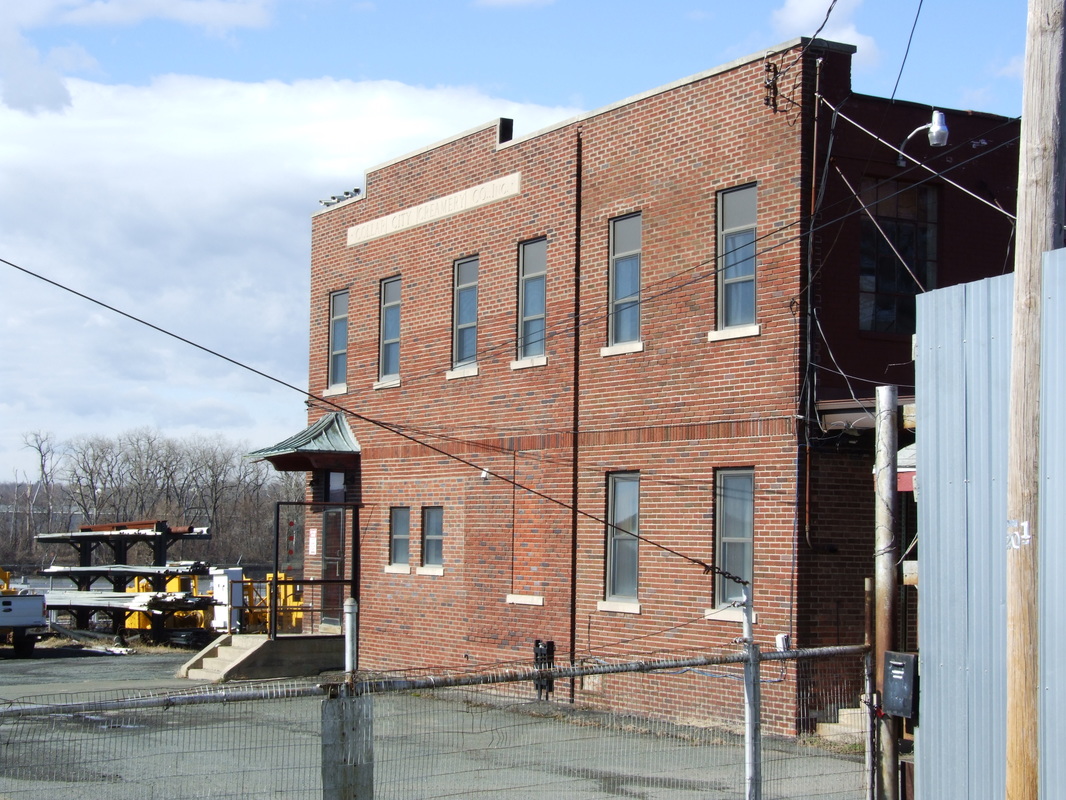
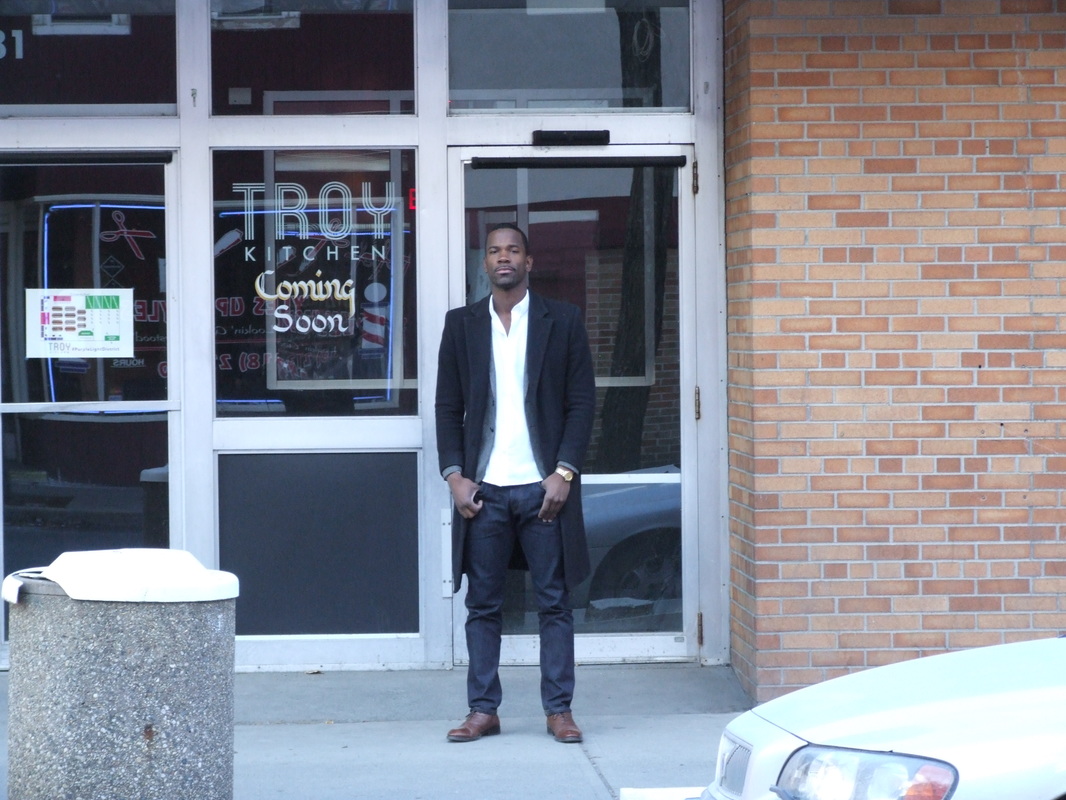

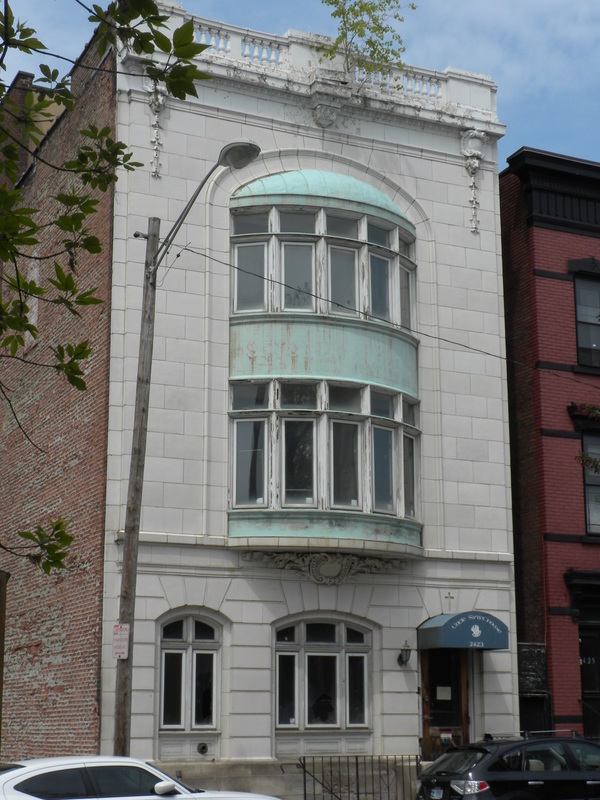
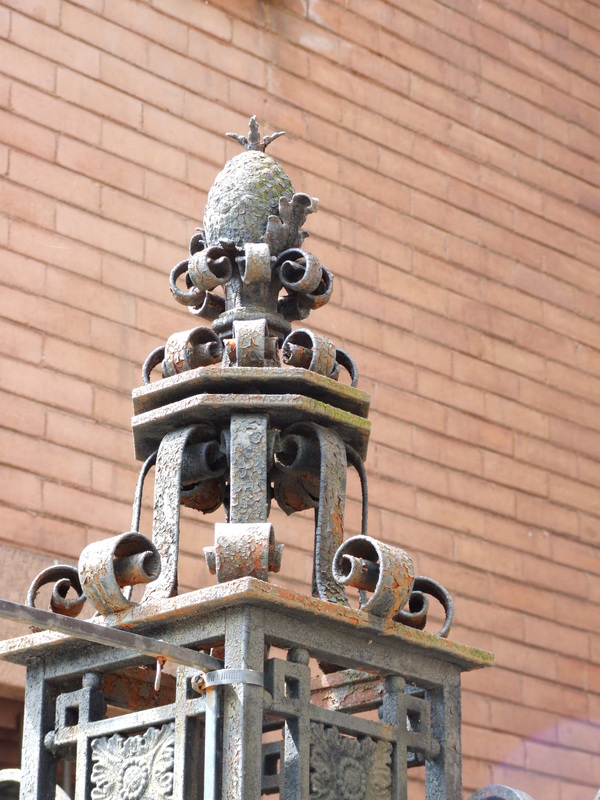
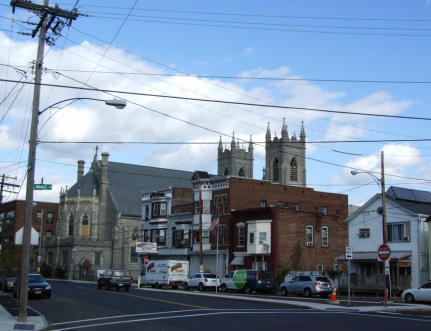
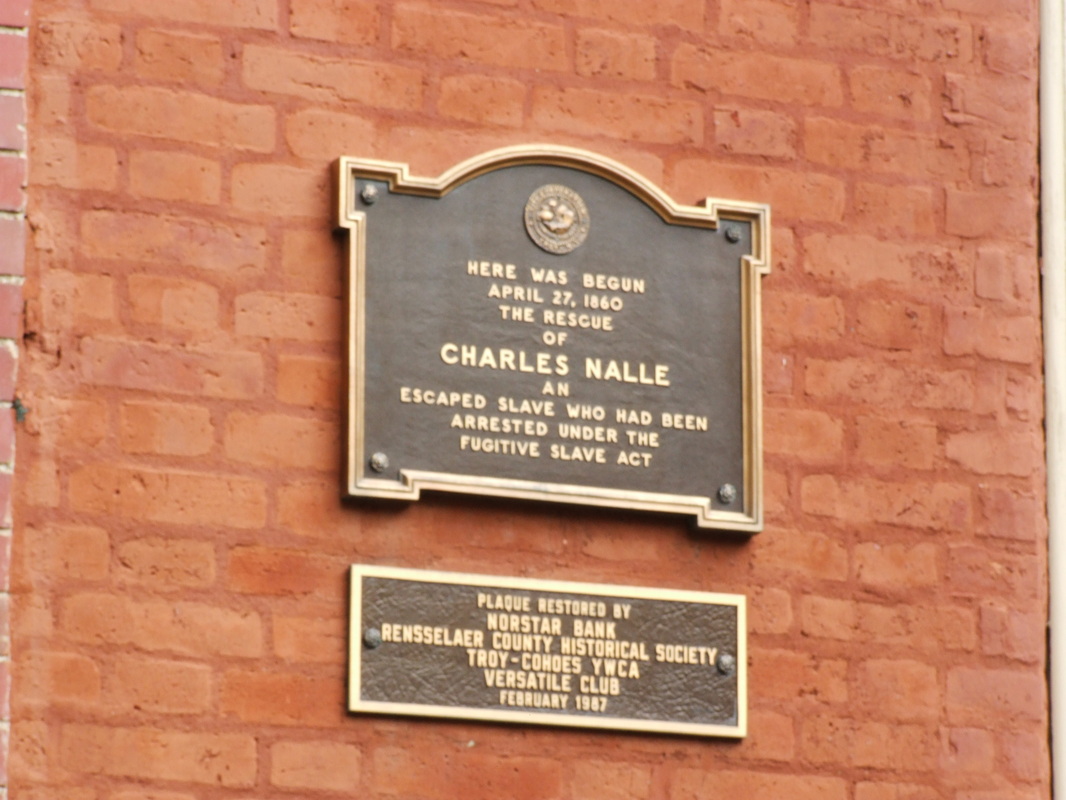
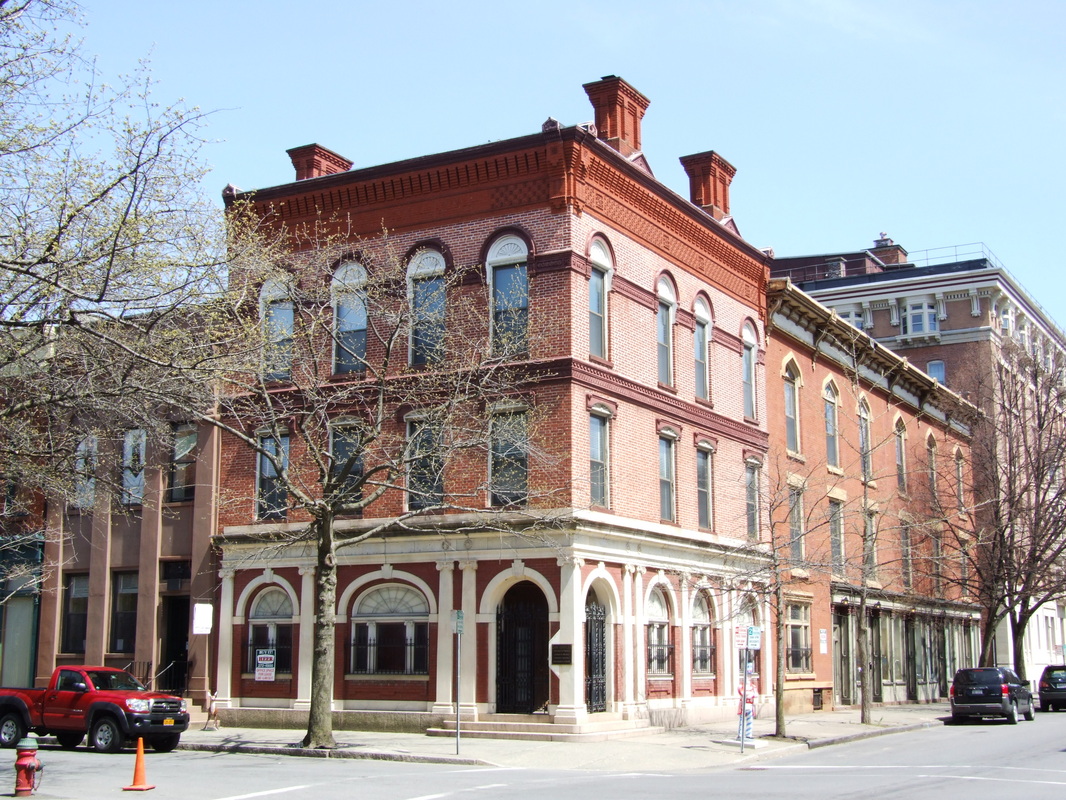
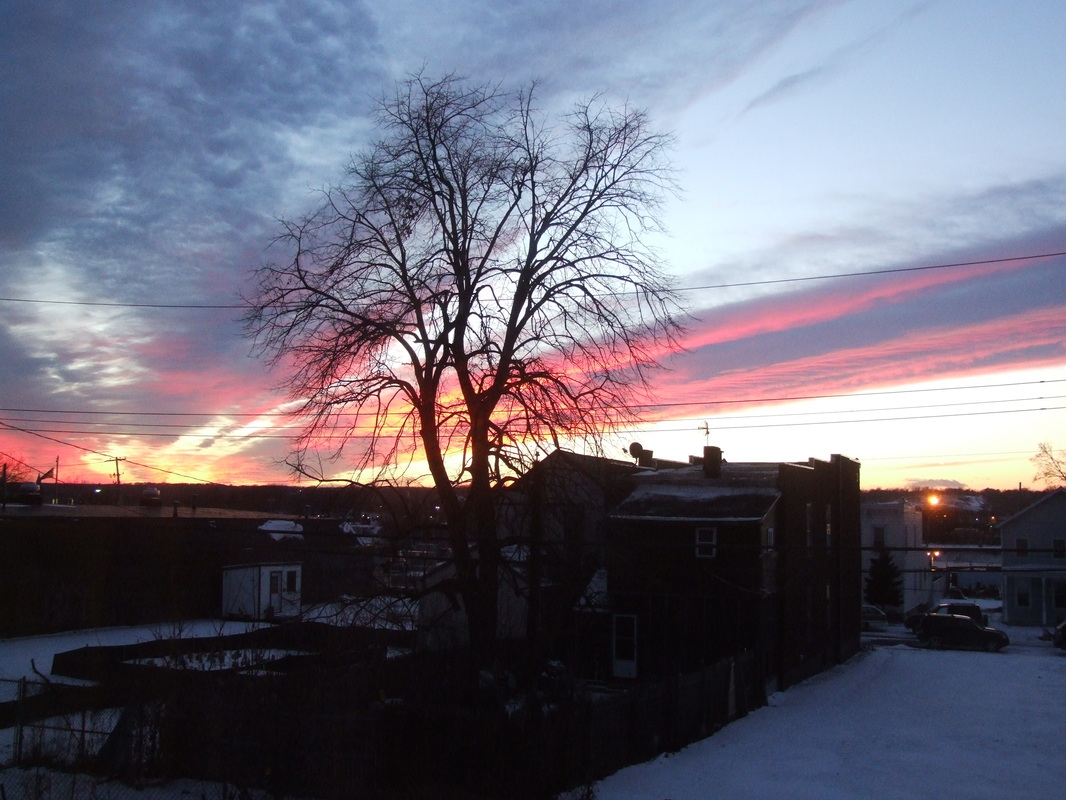
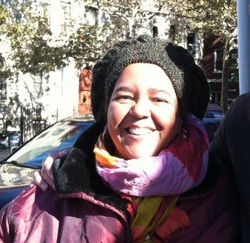
 RSS Feed
RSS Feed
